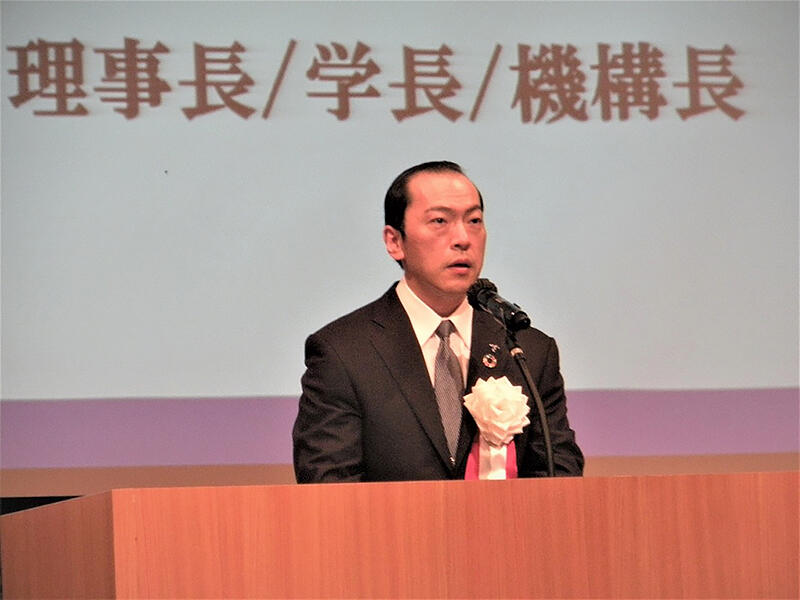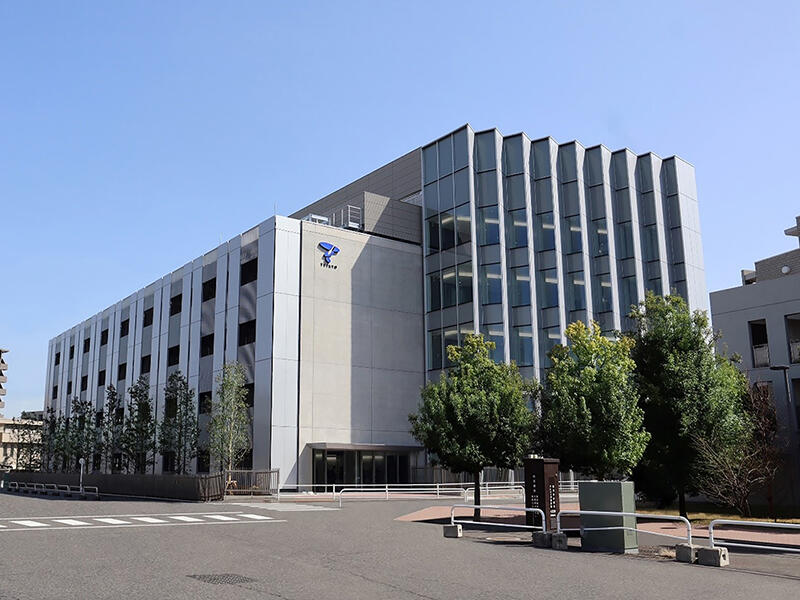On May 20, Teikyo University celebrated the opening of the Teikyo University Advanced Comprehensive Research Organization (ACRO) at its Itabashi Campus (Itabashi-Ku, Tokyo), which will serve as a university-wide core research organization and aims to contribute to society by providing solutions to various social issues. The ceremony was simultaneously streamed online and on-demand. Visitors toured the ACRO building after the ceremony and some of the research undertaken at the facility was explained to them.


Provided by Teikyo University
Teikyo University has developed into a university with 10 undergraduate schools and 11 graduate schools on five campuses. Teikyo University established ACRO in April 2021 with the goal of uniting the efforts of the entire university and utilizing the knowledge the university has nourished to contribute to society by providing solutions to various social issues. A new research building, the home of ACRO, was constructed and completed in March last year.
ACRO is positioned as a university-wide organization under the direct management of the Chairman. The role of the newly established organization includes ensuring research by uniting the efforts of the entire university by clarifying the positions of each existing research center and by clearly defining priority research areas. This includes the areas where Teikyo University has a competitive edge and other areas that should be emphasized in preparation for the coming age.
In addition, ACRO is responsible for serving as a hub of collaboration with other universities and other entities that have social roles different from those of universities, as well as maintaining cooperation among the different faculties within the university. ACRO also has a mission of training and educating all students of the university. It intends to provide them with basic training for versatile skills through educational activities and professional education, based on which the students will use these skills in society.
The opening ceremony, originally meant to be held last year, was postponed to this year due to COVID-19. The ceremony started with an opening statement by Deputy Secretary General Kenichiro Iwakiri, followed by a greeting speech by Yoshihito Okinaga, Chairman and President of Teikyo University, who, on behalf of the organizers, explained the objectives and history of establishing the organization.
Next, speaker Makoto Asashima, deputy director-general of ACRO, academic advisor and specially appointed professor of Teikyo University, outlined ACRO as an organization aiming to construct an interdisciplinary cooperative system to cover the wide range of humanities, social sciences and natural sciences that Teikyo University has to offer. He also explained other activities including an annual research exchange symposium, the main activity of ACRO held with the attendance of all faculty members, graduate and undergraduate school students, and an advanced comprehensive research promotion grant, a newly established academic support system of the university. He closed his speech with his determination that ACRO shall be at the center of university-wide activities to achieve the SDGs and other challenges that the world is striving toward.
The opening ceremony was held with the attendance of Shuichi Sakamoto, Deputy Director-General of the Research Promotion Bureau and Higher Education Policy, and Yoshiaki Obara, Chairman of the Association of Private Universities of Japan (and President and Headmaster of Tamagawa University) who, as guest speakers, made congratulatory speeches on the establishment of the organization, anticipating the future activities of ACRO. The ceremony was closed with a statement by Hiroko Okinaga, deputy director-general of ACRO, and senior managing director and Vice President of Teikyo University.
ACRO consists of six self-contained sections (the Division of Health Science, Division of Next-generation Education, Division of Complex System and Cognitive Sciences, Division of Risk Management, Division of Open Innovation and Division of Liaison Initiative) and sections that link between the rest (incl. Division of Artificial Intelligence and Division of Humanities). In the organization tour, major research taken by each division was explained and posters were displayed.
This article has been translated by JST with permission from The Science News Ltd.(https://sci-news.co.jp/). Unauthorized reproduction of the article and photographs is prohibited.




